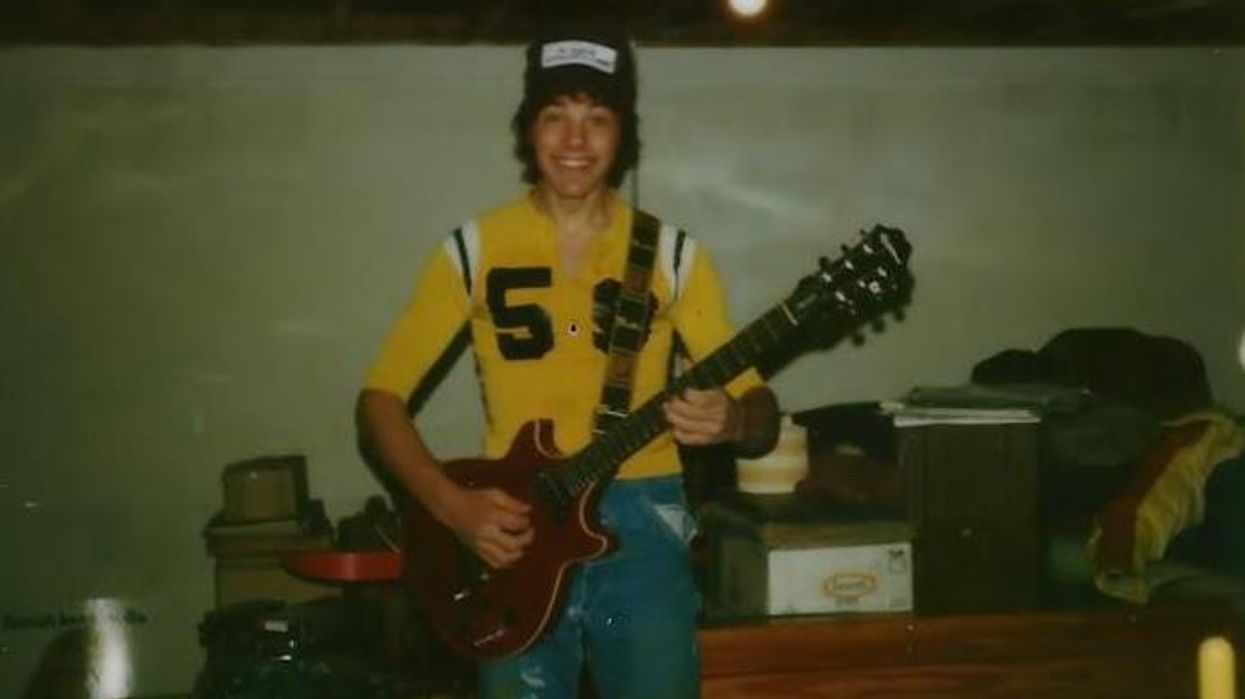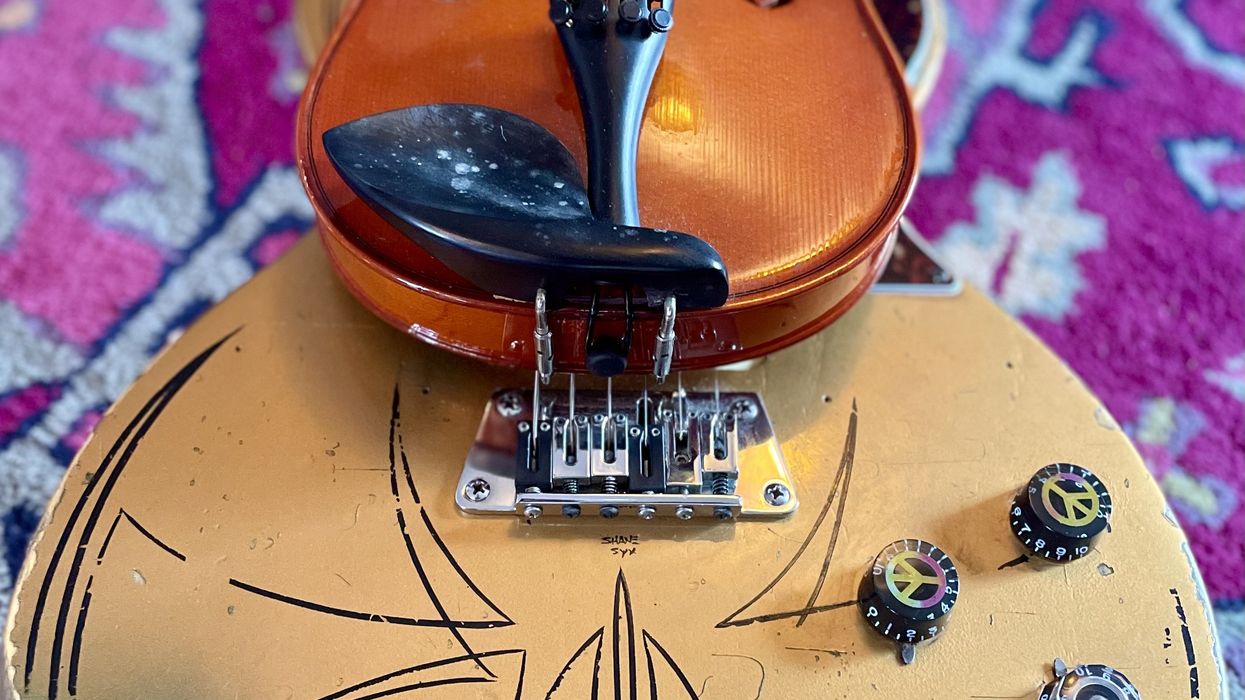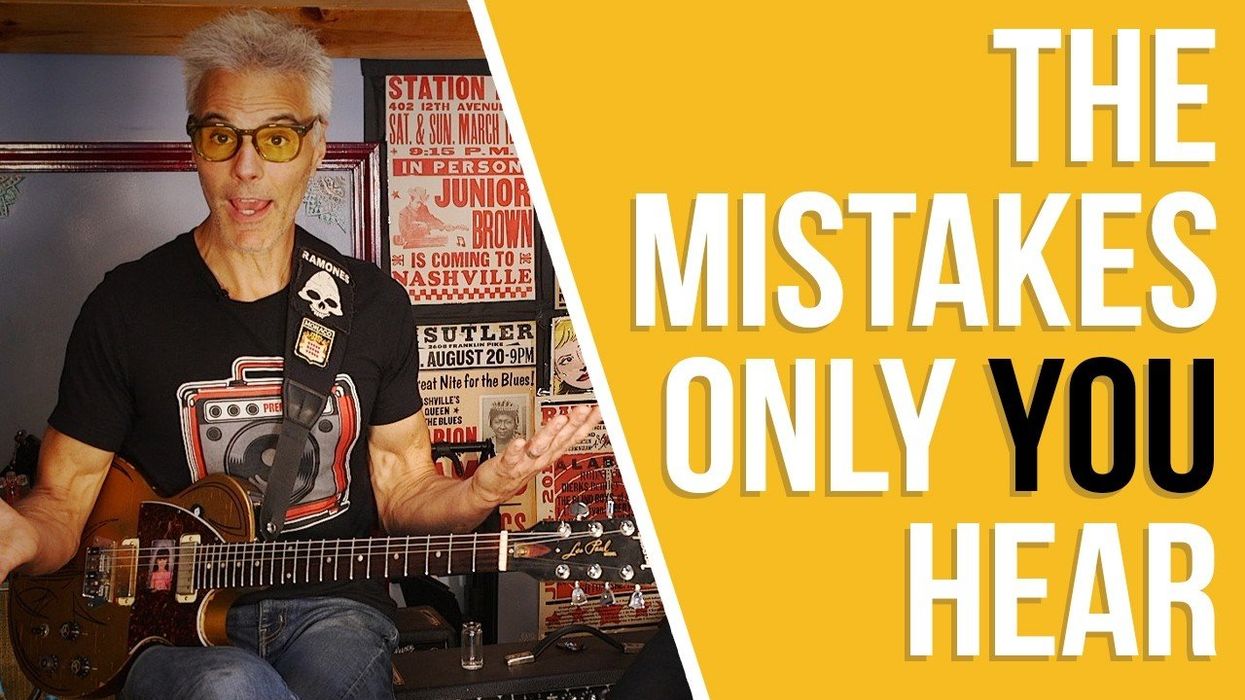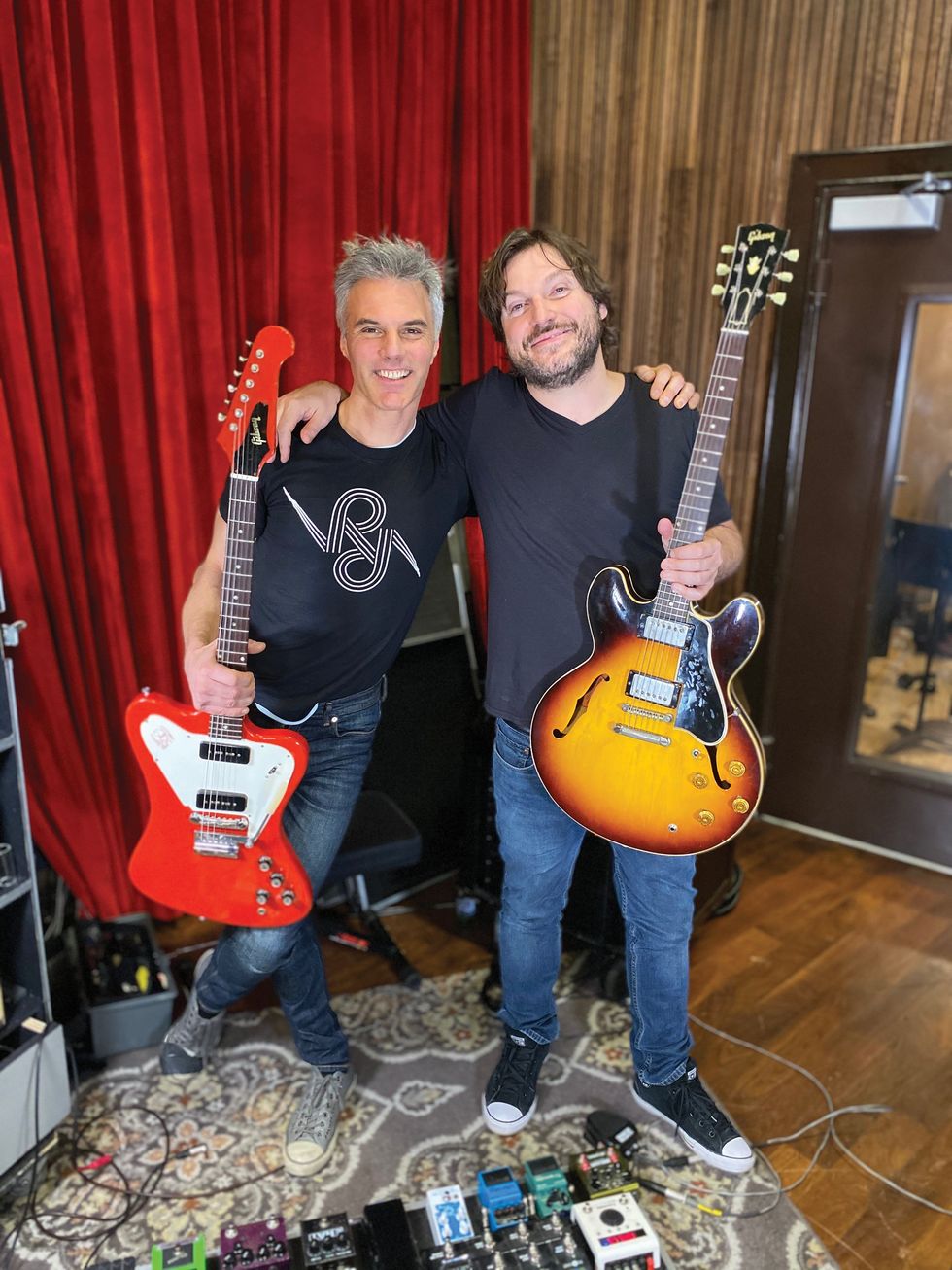I still remember the look on the sound guy’s face. “You have two amps?” he said incredulously.
Given the context, he had a point. We were playing in a less-than-glamorous venue, and had a total of five amps on stage. (There was one bass amp and four guitar amps. Our keyboardist played guitar occasionally as well). In retrospect, it was a bit of a circus. The sound guy told me, “This is ridiculous. I’m only going to mike one amp. You pick.” I started freaking out. Didn’t he understand? I used one amp (the high-headroom solid-state one) for my clean tone and the gnarly-little-homemade tube amp was for my dirty tones. And sometimes, of course, it was fun to have them both on at the same time.
After all my objections and after seeing the contortions on my face (I stutter frequently and sometimes with a great deal of struggle), he finally relented and placed mics on both amps. I’m not sure if both were on in the mix, or if anyone noticed, or if anyone cared. I played a few more shows with that setup, but after a few more sideways looks from sound people, I decided to switch to your standard one-amp setup.
In retrospect, I think what I had was a crude “wet/dry” rig. I never had any effects on my tube amp, but I did have some on the solid-state amp. When I had them both on at the same time, the combination of the “dry” amp (no effects) and the “wet” amp (lots of effects, like chorus, delay, and reverb) made for a “wet/dry” rig. It was quite a nice sound, actually, but I don’t think most people consider that type of rig “stereo,” as that kind of rig often features two of the same or similar amplifiers and may include guitar effects pedals that have specific stereo usage.
The great stereo debate. We may already disagree and there may already be some folks that read the previous paragraph and are yelling, “Wrong!” at this very instant. The trouble is, I think it is much easier to agree on what I wrote in that paragraph than it is on all the stuff I’m about to write. In my experience, it’s extremely difficult for people to agree on what stereo actually is, and often it seems largely dependent on the effect in question. The variety of ways that manufacturers have used the term “stereo” over the years doesn’t help matters, either.
Let’s start with chorus. What is stereo chorus? For many, it would simply be a dry signal coming out of one speaker/amp and a vibrato signal coming out of the other. The vibrato effect and dry signal mix in the air and create the chorus effect. This is how the legendary Roland JC-120 Jazz Chorus went about it. In my opinion, this sounds really special in a room, but it can be a nightmare for a sound person in a live context. If they only mike the vibrato speaker, you get vibrato. If they only mike the dry speaker, you get the clean guitar sound. They need to mike both and it’s up to them to mix it correctly. If you look at the ad copy for pedals that produce chorus in this fashion, you’ll see that the phrase “true stereo” is littered throughout. I find it interesting that this same kind of effect can be achieved in the aforementioned “wet/dry” rig with a vibrato pedal. No chorus pedal necessary to make your “true stereo” chorus.
Another way I’ve seen it done with chorus is that the designer takes the vibrato (aka wet) signal, splits it, and inverts the phase on one of the outputs. In other words, the wet signal on one output is 180 degrees out of phase with the other. If listened to with headphones, you’d hear each output as sounding different and interesting. But used onstage, unless one is in the sweet spot, the effect (produced by the two out-of-phase wet signals) may cancel out in the air (either fully or partially), and in that case one would hear a mostly dry signal.
Now I’m running out of space and we’ve only talked about chorus—nothing about delay, reverb, phaser, tremolo, and flanger. Rather than getting technical on all of those contexts, I’d rather attempt to wax poetic on the topic. I’ve tried to highlight some of the practical limitations of using a two-amp rig in a live setting. If you play in four- or five-piece bands like I have, performing original music, it seems you are only afforded so much leeway in the complexity of your live rig. Further, you are leaving a lot to chance with the mix if you are unable to create your sound from one amplifier or sound source. There’s plenty that can go wrong with phasing in a variety of circumstances.
That said, I believe the experience of playing with a two-amp rig (stereo, wet/dry, or otherwise) to be amazing and inspiring in the right context. For me, the good and bad part of this context is that typically, it means playing alone in a room.


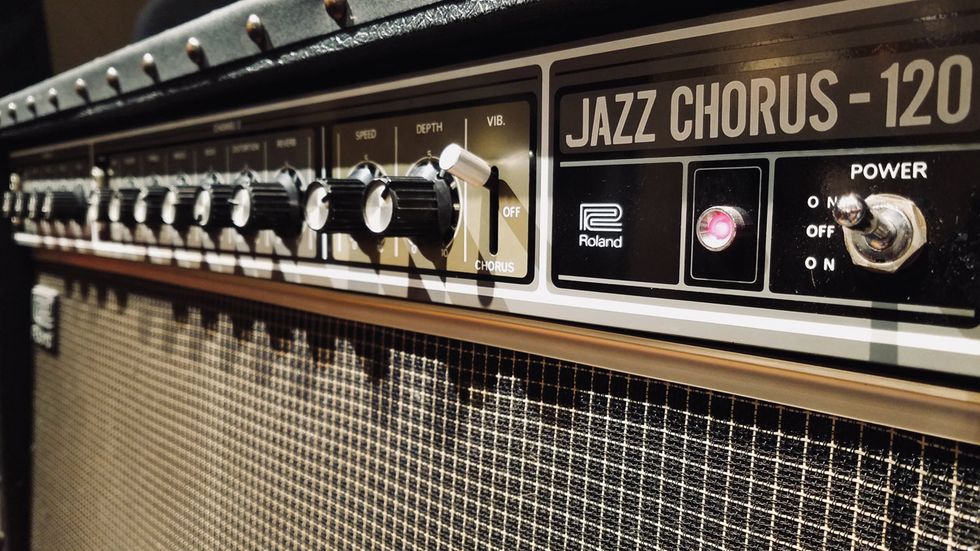








![Rig Rundown: Russian Circles’ Mike Sullivan [2025]](https://www.premierguitar.com/media-library/youtube.jpg?id=62303631&width=1245&height=700&quality=70&coordinates=0%2C0%2C0%2C0)




